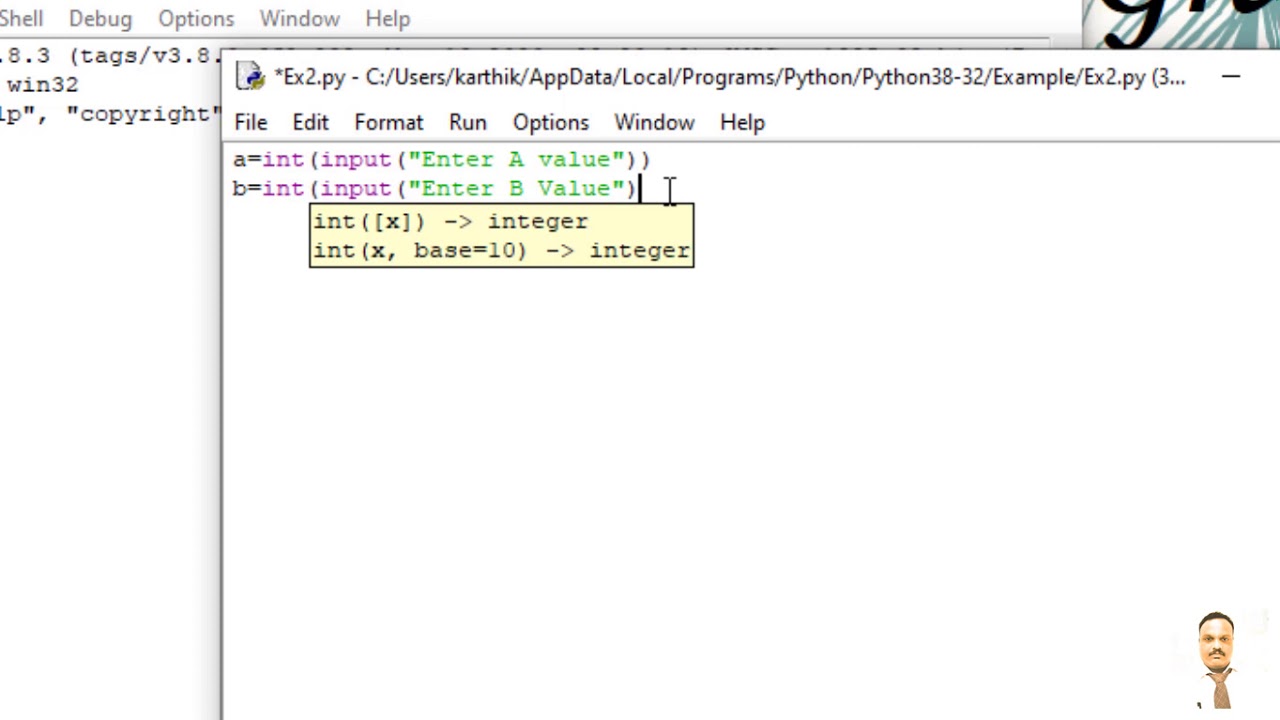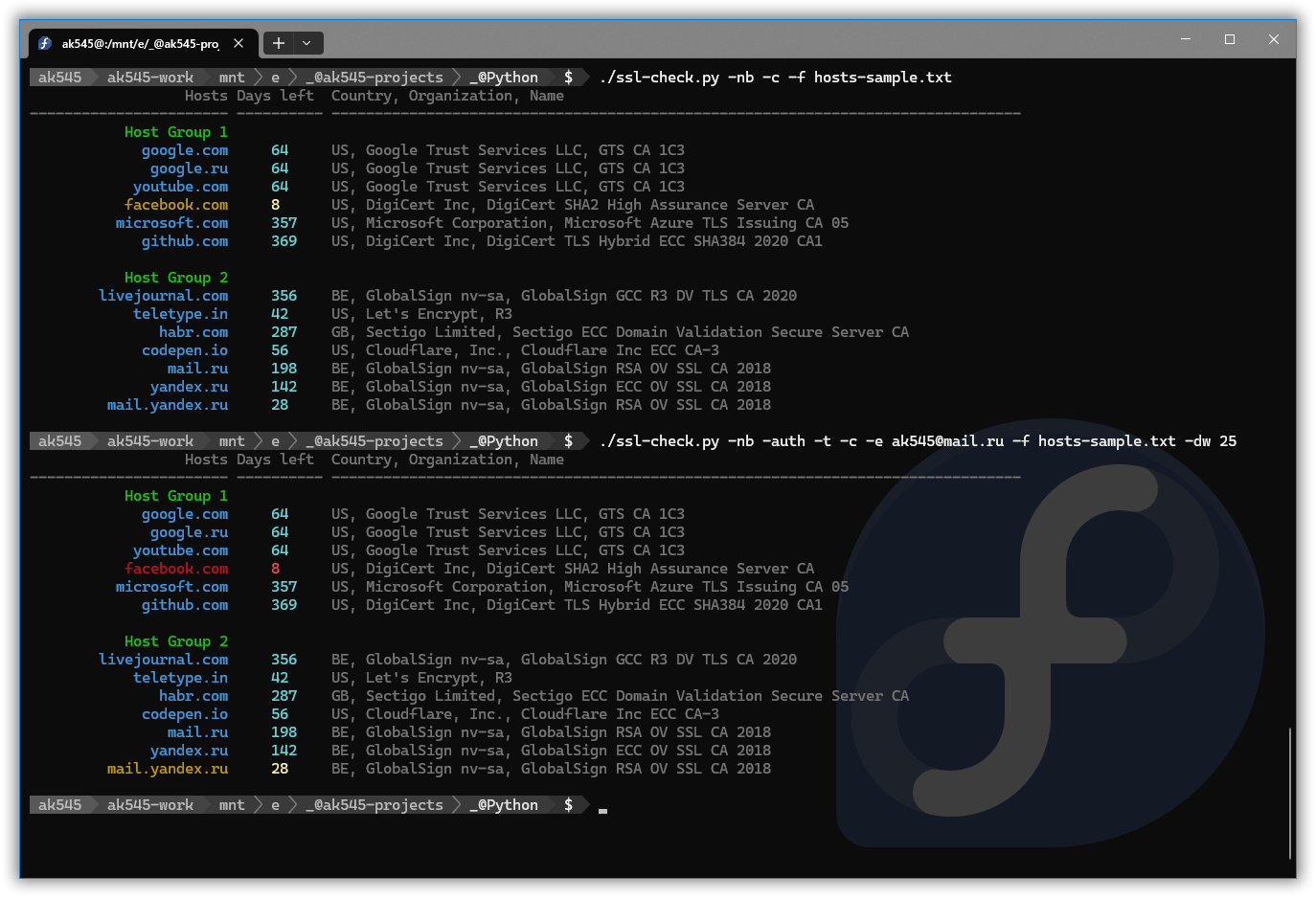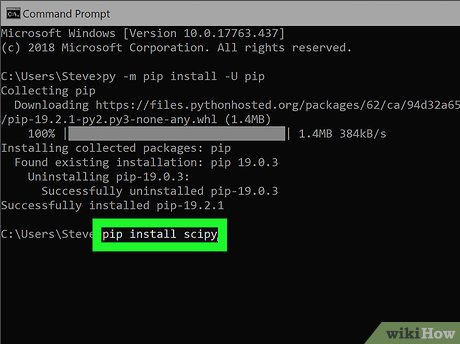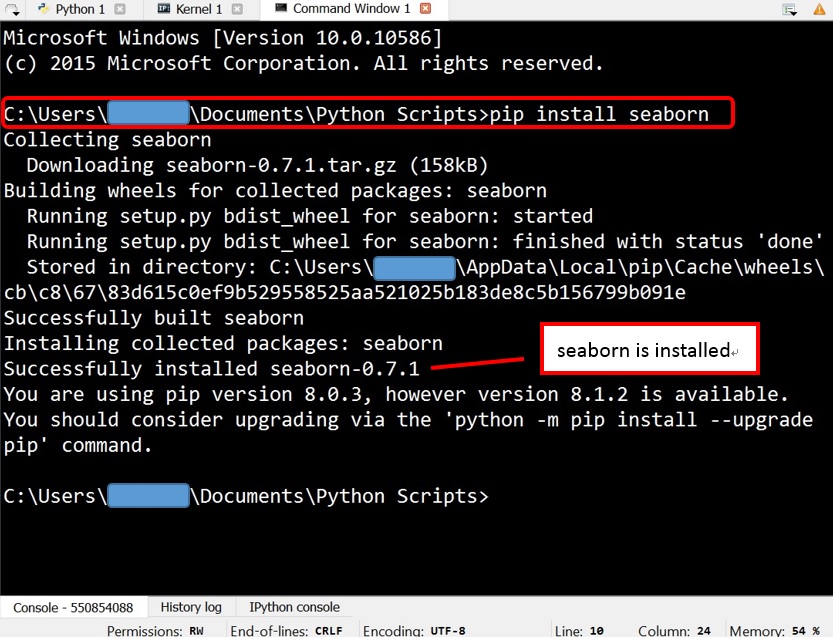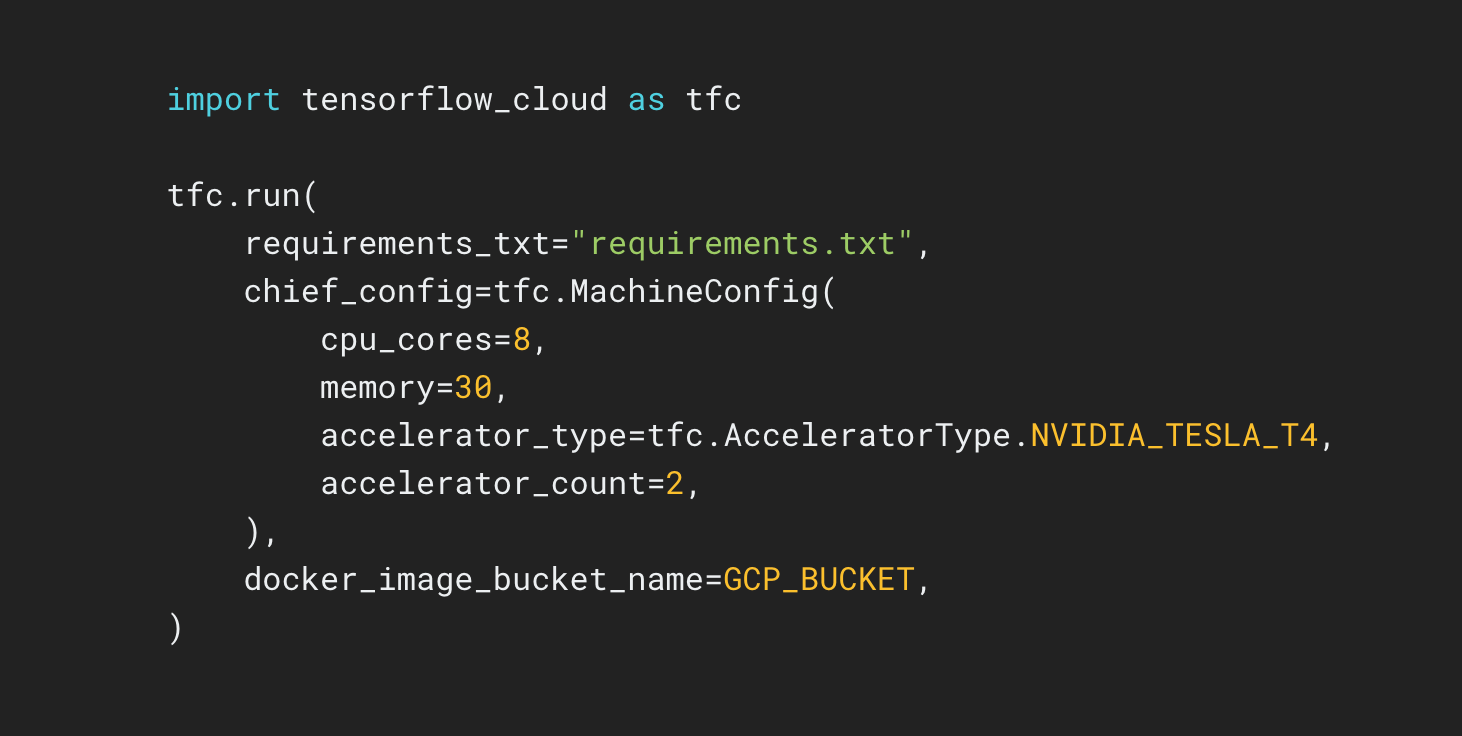os module in python
os module in python

The os module in Python! It's a fundamental part of the standard library that provides a way to interact with the operating system and access various system resources.
The os module is primarily used for tasks such as:

Here are some of the most commonly used functions in the os module:
File operations:
os.getcwd(): Returns the current working directory. os.chdir(path): Changes the current working directory to the specified path. os.mkdir(path): Creates a new directory at the specified path. os.rmdir(path): Deletes the directory at the specified path. os.rename(src, dst): Renames the file or directory at the source path to the destination path.
Process management:
os.system(command): Executes a shell command and waits for it to complete. The return value is the exit status of the process. os.execv(path, args): Replaces the current process with a new one by executing the specified program with the given arguments. os.kill(pid, signal): Sends a signal to the process with the specified ID.
System information:
os.environ.get(key): Returns the value of the environment variable with the specified key. os.getenv(key, default): Returns the value of the environment variable with the specified key. If the key is not found, returns the default value. os.urandom(size): Generates a random byte string of the specified size.
Miscellaneous:
os.path.join(path1, path2, ...): Concatenates multiple paths together, using the appropriate separator for the current platform. os.path.dirname(path): Returns the directory part of the specified path. os.path.basename(path): Returns the file name part of the specified path.
These are just a few examples of what you can do with the os module. It's an incredibly powerful and versatile tool that allows you to interact with your operating system in ways that would be difficult or impossible without it.
For example, let's say you want to write a script that creates a new directory and files inside it. You could use the os.makedirs() function to create the directory, and then use the open() function to create files inside it:
import os
Create a new directory called "example"
os.makedirs("example", exist_ok=True)
Create two files inside the directory
with open(os.path.join("example", "file1.txt"), "w") as f:
f.write("This is file 1!")
with open(os.path.join("example", "file2.txt"), "w") as f:
f.write("This is file 2!")
As you can see, the os module provides a wide range of functionality that allows you to do all sorts of interesting and useful things. Whether you're writing scripts, managing files, or interacting with processes, the os module is an essential tool in your Python toolbox.
How do I open a file in Python import os?
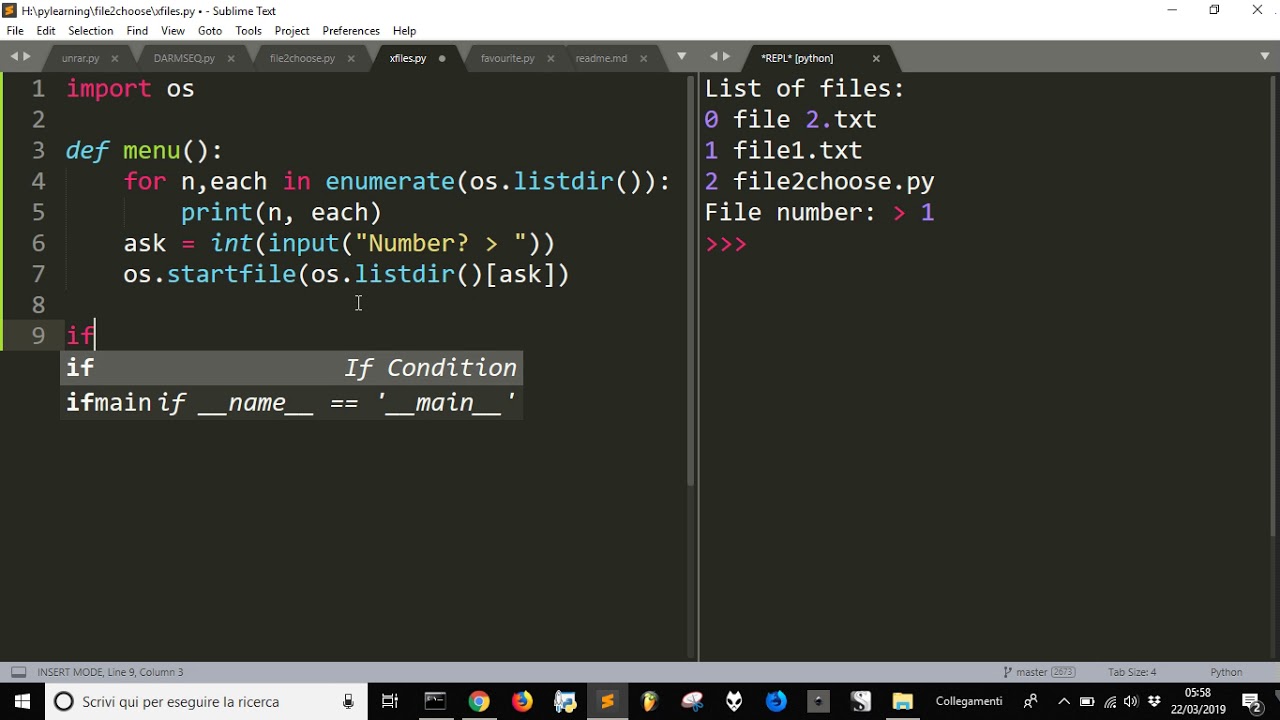
I'd be happy to help you with that!
Opening a file in Python using the os module is quite straightforward. Here's a step-by-step guide on how to do it:
os module: To start, you need to import the os module into your Python script. You can do this by adding the following line at the top of your code:
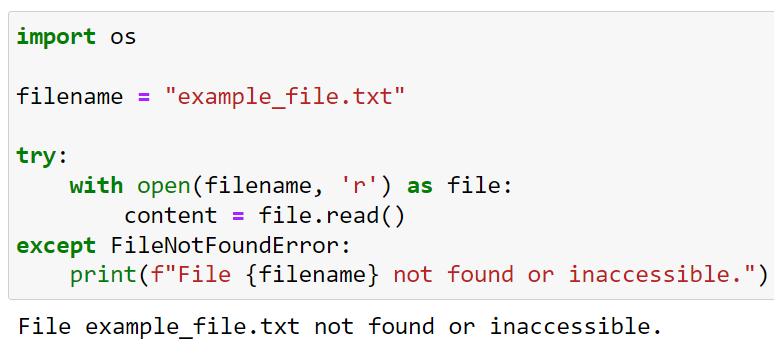
import os

file_path = '/path/to/your/file.txt'
os.path.exists() to check if the file exists: Before trying to open the file, it's a good idea to check if the file actually exists using the os.path.exists() function:
if os.path.exists(file_path):
print("File found!")
else:
print("File not found!")
open(): Once you've confirmed that the file exists, you can open it using the built-in open() function:
with open(file_path, 'r') as file:
Your code goes here...
In this example, we're opening the file in read mode ('r') for reading. You can also use other modes such as 'w' for writing (overwriting any existing content), 'a' for appending to the end of the file, or 'x' for creating a new file and truncating it if it already exists.
with open(file_path, 'r') as file:
content = file.read()
print(content)
file.close() method (although this isn't strictly necessary when using the with statement).
Here's a complete example code snippet that puts everything together:
import os
file_path = '/path/to/your/file.txt'
if os.path.exists(file_path):
print("File found!")
else:
print("File not found!")
with open(file_path, 'r') as file:
content = file.read()
print(content)
That's it! With these steps, you should be able to open a file in Python using the os module.


